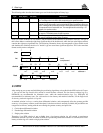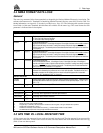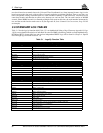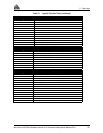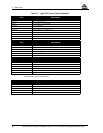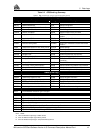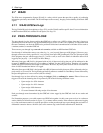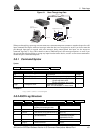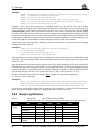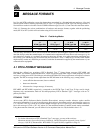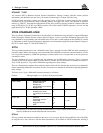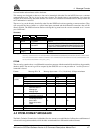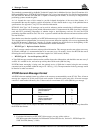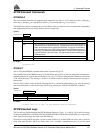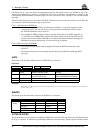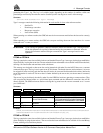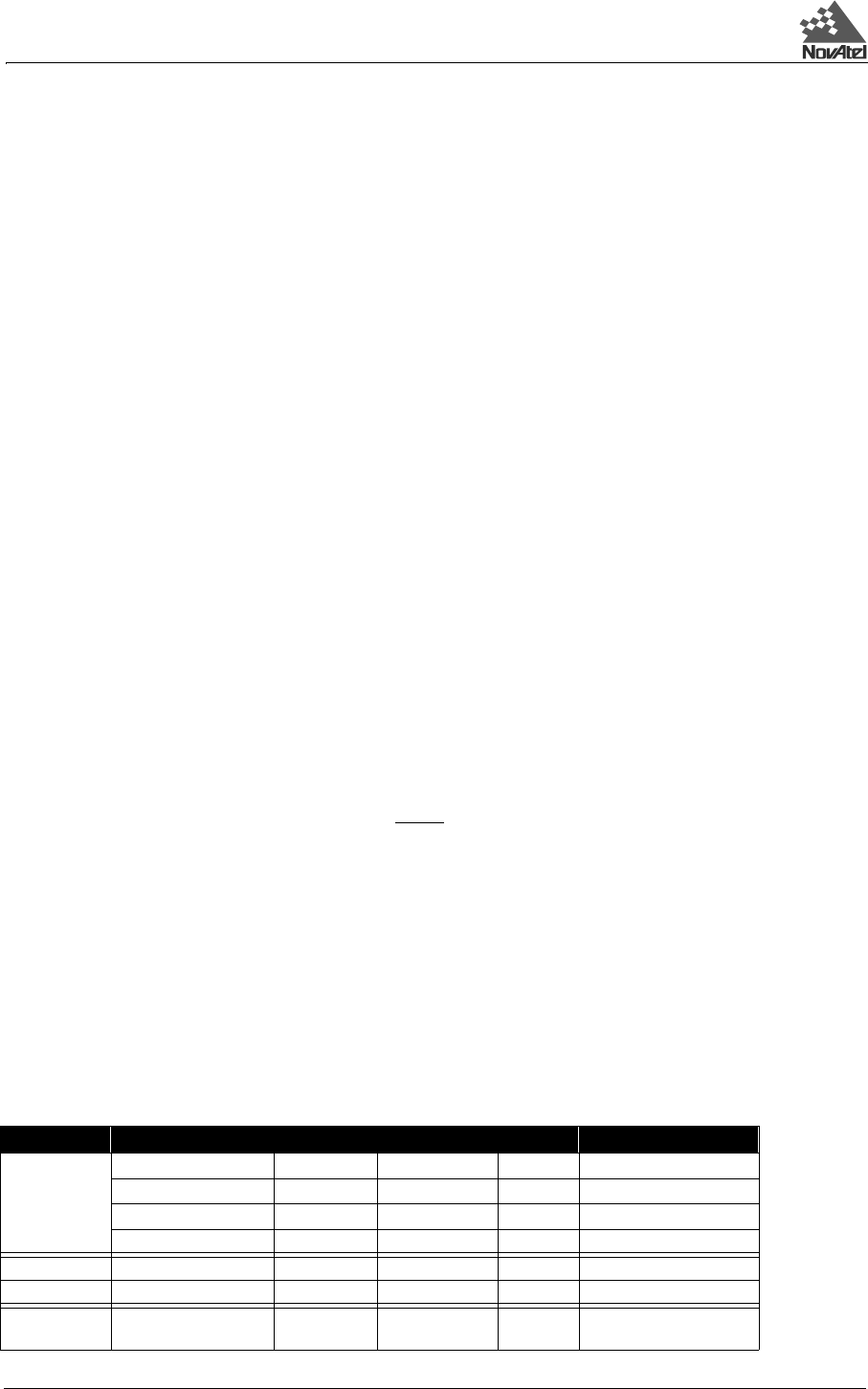
3 Data Logs
44 MiLLennium GPSCard Software Version 4.50 Command Descriptions Manual Rev 1
Example 1:
$COM1,747,347131.23,$TM1A,747,347131.000000000,0.000000058,0.00000
0024, -9.000000009,0*78<CR>*2E[CR][LF]
$COM1,747,347131.31,<LF>*4F[CR][LF]
$COM1,747,347131.40,Invalid Command Option<LF>*7C[CR][LF]
$COM1,747,347131.42,Com1>Invalid Command Option<LF>*30[CR][LF]
$COM1,747,347131.45,Com1>*0A[CR][LF]
Example 1, above, shows what would result if a GPSCard logged
TM1A data into the COM1 port of another
GPSCard, where the accepting card is redirecting this input data as a pass-through log to its
COM2 port (log com2
com1a onchanged). Under default conditions the two cards will "chatter" back and forth with the Invalid
Command Option message (due to the command interpreter in each card not recognizing the command prompts
of the other card). This chattering will in turn cause the accepting card to transmit new pass-through logs with the
response data from the other card. To avoid this chattering problem, use the GPSCard
MESSAGES command on the
accepting port to disable error reporting from the receiving port command interpreter or if the incoming data is of
no use to the GPSCard, then disable the command interpreter with the
ACCEPT NONE command.
If the accepting port’s error reporting is disabled by
MESSAGES OFF, the $TM1A data record would pass through
creating two records as follows:
Example 1a:
$COM1,747,347204.80,$TM1A,747,347203.999999957,-
0.000000015,0.000000024,
-9.000000009,0*55<CR>*00[CR][LF]
$COM1,747,347204.88,<LF>*48[CR][LF]
The reason that two records are logged from the accepting card is because the first record was initiated by receipt
of the $
TM1A log’s first terminator <CR>. Then the second record followed in response to the $TM1A log’s second
terminator <LF>.
Note that the time interval between the first character received ($) and the terminating <LF> can be calculated by
differencing the two
GPS time tags (0.08 seconds). This pass-through feature is useful for time tagging the arrival
of external messages. These messages could be any user-related data. If the user is using this feature for tagging
external events then it is recommended that the command interpreter be disabled so that the GPSCard does not
respond to the messages. See the
ACCEPT command in Chapter 2, Page 23 and Appendix C, Page 79.
Example 1b illustrates what would result if $
TM1B binary log data were input to the accepting port
(i.e., log com2 com1a onchanged).
Example 1b:
$COM1,747,349005.18,<AA>D<DC1>k<ETX><NUL><NUL><NUL>4<NUL><NUL><NUL>
<EB><STX><NUL><NUL><FE>3M<NAK>A<VT><83><D6>o<82><C3>Z<BE><FC><97>I
<91><C5>iV><7F><8F>O<NUL><NUL><NUL>"<C0><NUL><NUL><NUL><NUL>*6A
As can be seen, the $
TM1B binary data at the accepting port was converted to a variation of ASCII hexadecimal
before it was passed through to
COM2 port for logging (MESSAGES command set to OFF).
3.8.3 Binary Log Structure
Format: Message ID = 30 for COM1B; 31 for COM2B
Message byte count = 24 + (length of pass-through data string received (80 maximum))
Field # Data Bytes Format Units Offset
1 Sync 3 char 0
(header) Checksum 1 char 3
Message ID 4 integer 4
Message byte count 4 integer 8
2 Week number 4 integer weeks 12
3 Seconds of week 8 double seconds 16
4 Pass-through data as
received
variable char 24 + (variable data)



